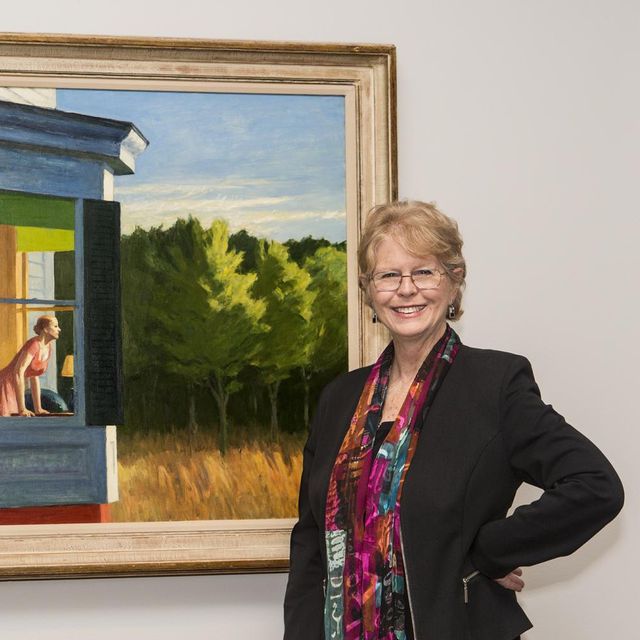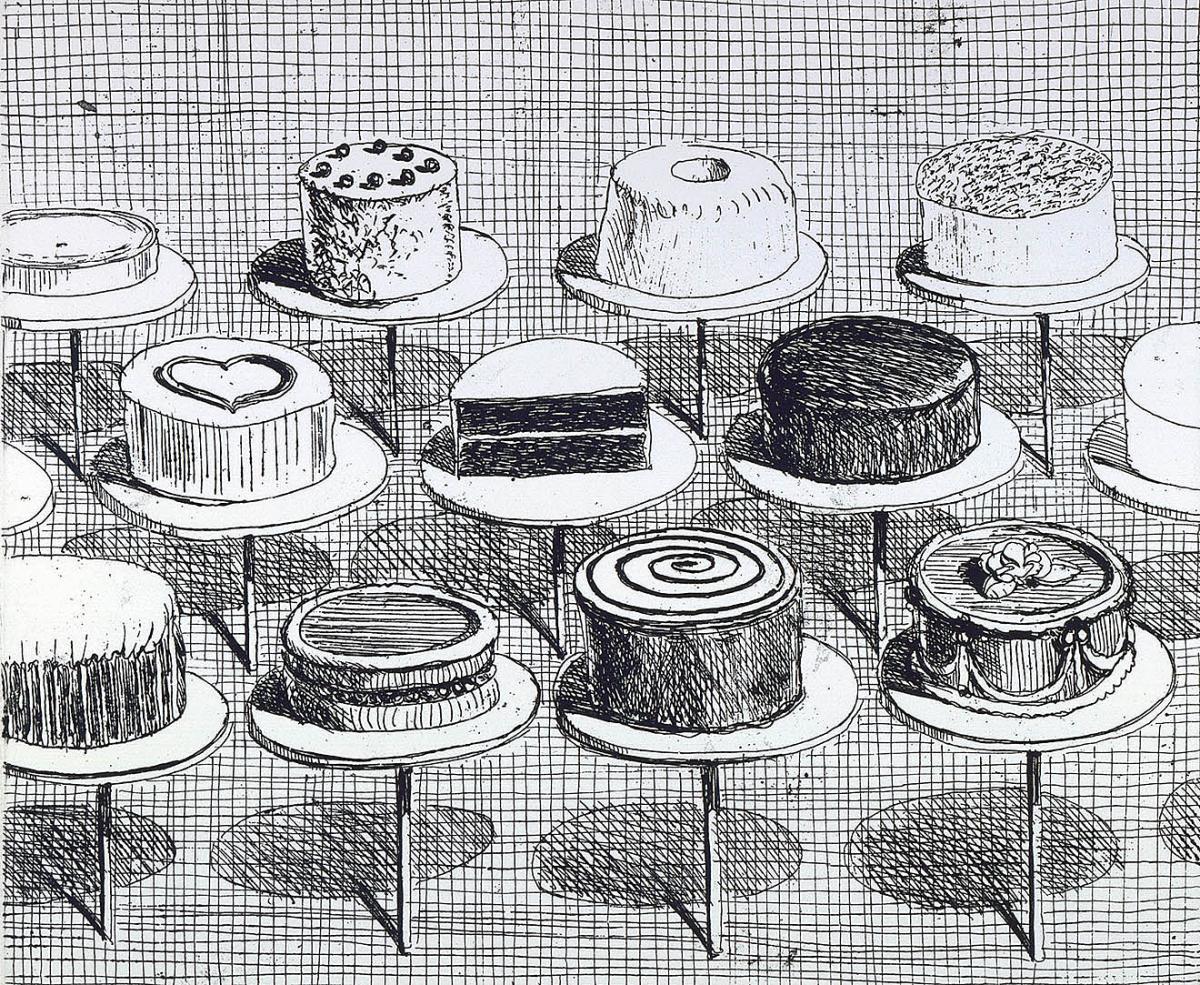
Wayne Thiebaud is an American pop artist known around the world for his iconic paintings of food. Senior Curator Virginia Mecklenburg met Thiebaud in 1992 when he came to Washington to speak at the opening of the exhibition Vision and Revision: The Hand-Colored Prints of Wayne Thiebaud. She shares some of her thoughts about the artist and his work in the form of a letter in honor of his 100th birthday.
Dear Wayne,
Birthdays are great for prompting fleeting memories, for thinking through what-ifs, and celebrating those people and moments that have brought smiles and changed lives.
One question I’ve always wanted to ask you—how do you do it? How do you hit on those things that ordinary kids care about, like ice cream cones and gumball machines, hot dogs and lipstick (at least for some of us)—that feed the longings, fantasies really, that get us through childhood? And that jazzy slot machine (Jackpot Machine), that emblem of wishful thinking that tempts and beguiles us when we are older. We forget these things until we see one of your paintings and remember. Somehow you always seem to know what matters, if only in our dreams.
You’ve always talked about the how rather than the what of your paintings and laid down paint and crafted color with perfect intentionality. And it’s true that the lines and colors and geometries you see in everything are actually there. Your San Francisco street scenes, San Francisco West Side Ridge, for example, are sophisticated alignments of horizontals, verticals, and diagonals. But they also make us laugh when we notice the little arrows the street light shadows cast and see that tiny little figure on a balcony cantilevered over empty space.
But there’s so much more that you don’t talk about—all those ordinary things you paint somehow seem larger, more compelling, more evocative. Rows of pies and cakes say something huge in a country where abundance, or at least the myth of it, is so often taken for granted. And condiments on a diner table—salt and pepper shakers, plastic mustard and ketchup squirters, cruets full of red vinegar. They’re so ordinary we barely notice them. But when you line them up they become a Gothic cathedral with buttresses and spires and stained glass colors that cast a spiritual glow.
On this very special birthday I want to thank you for the gift you have given us all of light and color and joy and humor, and for the implicit nudge to look closer and think harder.
With warmest wishes for the happiest of days, and thanks in advance for what you’ll show us tomorrow.
Virginia Mecklenburg
Senior Curator
20th Century Art



















